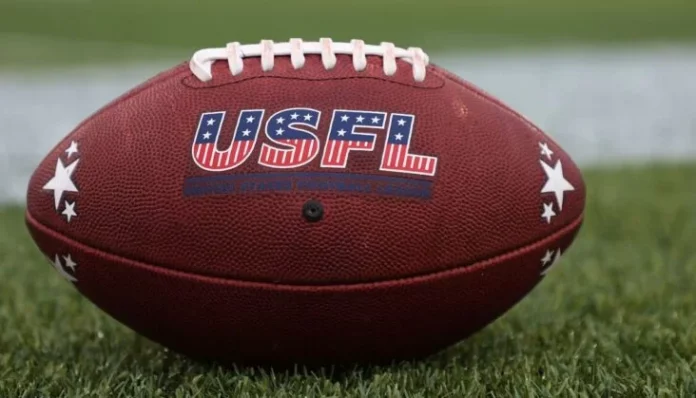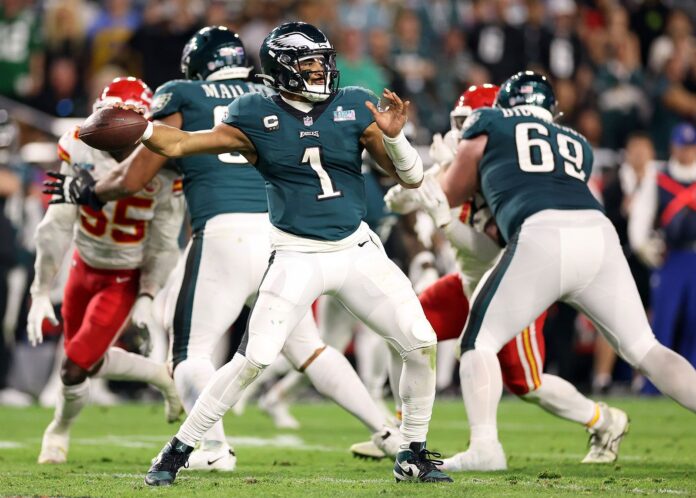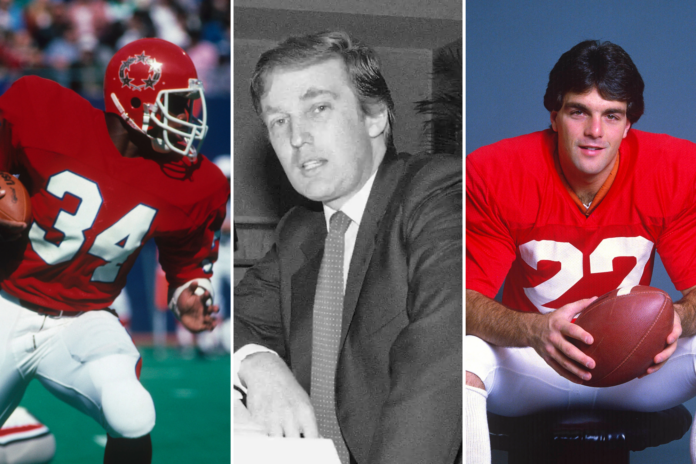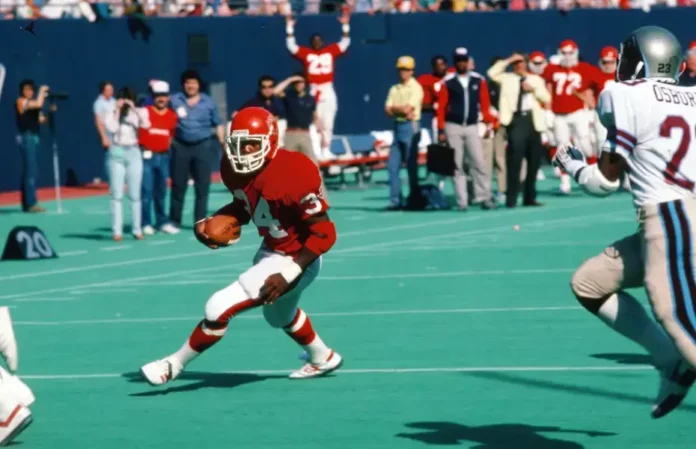Even the most avid fans of American football might not be aware of a lesser-known league that took to the gridiron for a brief period during the 1980s. Known as the United States Football League (USFL), this franchise was unique in a number of ways. Although not currently active at the present, the concept was rather interesting and in many ways, the USFL was set to compete directly with the ever popular National Football League (NFL).
Who envisioned the USFL? What made it somewhat different when compared to the NFL. Perhaps more importantly, what issues led to its final demise? These are all interesting questions which deserve a more in-depth analysis. Let’s begin straightaway.
The Roots of the United States Football League

Believe it or not, the history of the USFL can be traced as far back as 1965. Businessman and entrepreneur David Dixon envisioned a sports industry that would be able to rival the increasing popularity of the NFL at the time. The main premise was for the USFL to hold competitions during the summer; a time of the year that was considered to be the offseason for the NFL.
Dixon soon began to recruit various teams (12 in total) and to procure NFL-level stadiums as well as television airtime. Having said this, investors were still required and it would be a significant amount of time before multimillionaires (including Donald Trump) began to see the potential value of the United States Football League. In 1980, Dixon hired a host of marketing experts with the intention of promoting the USFL to the general public.
Challenges and Vision of the USFL

One of the biggest challenges Dixon faced while creating the USFL was attracting high-quality players. Unlike the NFL, the USFL did not have a well-established reputation and could not guarantee the same level of financial stability for players. However, Dixon’s vision was clear and ambitious: he sought to create a league that was both entertaining and high-caliber, giving players the opportunity to develop their skills in a competitive environment.
To this end, the USFL offered lucrative contracts to college stars and free agents, and even managed to sway some established NFL players to switch leagues. The USFL’s aggressive recruitment strategy was a gamble, but it paid off in the short term by drawing big names and creating an initial buzz around the league.
1983-1986: The Short-Lived “Golden Years”
The first official USFL game took place in 1983 at at the time, it was broadcast by the fledgling network ESPN. Interestingly enough, it drew a fair amount of fans for a league that was relatively unknown at the time. One of the main appealing features of the United
States Football League involved the fact that it combined college regulations alongside official NFL rules. Not only did this entice a comparatively broad target audience, but it provided interesting opportunities for those who actively followed betting odds for the USFL, which you can check on Oddspedia, due to the numerous factors that could determine the potential outcome of a competition.
Despite a rather strong start, the USFL still experienced a great deal of opposition from both NFL and AFL (American Football League) officials. This was even more relevant when games took place within locations traditionally associated with a strong NFL fan bas (California is a perfect example here).
The Beginning of the End

In truth, the United States Football league was situated upon somewhat unstable foundations from the very beginning. One issue was that many teams failed to abide by the rules originally stipulated by founder David Dixon.
There was also problems in terms of securing finances for the teams. These issues were further compounded when the USFL decided to migrate to the fall season in 1984. The theory here was that such a move would force the NFL to merge with the USFL in order to maintain their active fan base.
Unfortunately, this proved to be disastrous due to the simple fact that USFL teams could not compete with NFL-calibre talent. Many teams began to fold and exist the USFL; causing yet further instability and calling the entire venture into question.
Eventually, USFL owners decided to take legal action by accusing the NFL of holding a monopoly over the entire sport. Interestingly enough, this antitrust lawsuit was eventually found in favour of the USFL.
The only problem here is that the league was not awarded any type of meaningful financial compensation. This obviously did not sit well with fans, teams and players alike. 1986 was the final year that the USFL would remain in existence. More teams began to walk away and by the end of the season, the United States Football League ceased to exist as a sports entity.
Legacy of the USFL

Despite its relatively brief existence, the USFL left a lasting mark on the world of American football. Several prominent players, such as Herschel Walker, Jim Kelly, and Steve Young, started their professional careers in the USFL, proving its importance as a platform for nurturing talent.
The league’s innovative rule changes, including the introduction of a two-point conversion after touchdowns, were later adopted by the NFL, underlining the USFL’s contribution to the evolution of the sport. The league’s bold attempt to challenge the NFL’s dominance also led to important legal precedents in antitrust law, which still influence American sports today. While the USFL may have been short-lived, its impact on American football is undeniable and continues to be felt today.
The Recent Comeback
In 2022, rumours began to circulate that the USFL would be returning with a minimum of eight teams thanks to a broadcast partnership with Fox Sports. While some claimed that this move represented a revival of the original league, others state that the “new” USFL would be revamped in terms of the rules as well as its potential rivalry with the NFL.
At the time that this article was written, the USFL boasted eight professional teams (the majority found on the East Coast as well as the American Southeast). While the United
States Football League certainly does not have the clout of the NFL, it still represents an interesting alternative for those who are looking for a bit of variety or who might instead wish to keep an eye out for up-and-coming players. It will be interesting to see how these league evolves in the future.






